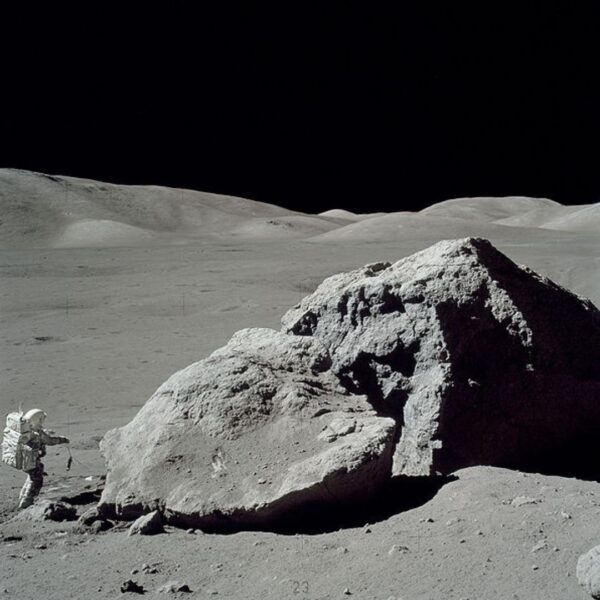An exciting new phase of lunar exploration
NASA is gearing up for an exciting new phase of lunar exploration, and LASP scientists are leading the way!
From the Apollo and other missions, we know the Moon is the product of a cataclysmic collision between a Mars-sized body and early Earth. Because the Moon lacks an atmosphere, its surface has changed more slowly than Earth’s during the past few billion years. Its dust, craters, and maria—the “seas” of dark volcanic rocks—host important clues regarding our solar system’s early history.
LASP’s lunar experts study the Moon’s volatiles, and especially the origin and location of ice, an important potential resource for launching human exploration of both the Moon and Mars. We also focus on the composition of the lunar surface. In collaboration with Ball Aerospace, the University of Central Florida, and other partners, we’re developing special cameras and other high-tech instruments for future rovers and landers to study the properties of boulders and dust on the lunar surface, as well as map the composition of the never-before-studied Gruithuisen Domes. LASP scientists also have extensive expertise characterizing lunar dust and its potential effects on lunar exploration and astronomy.
LASP is also home to several dust experts who have contributed to missions like LADEE, which provided new information regarding the physical characteristics of lunar dust, and invented an electron-beam device to clean lunar dust from spacesuits, helmets, solar panels, and other surfaces.

